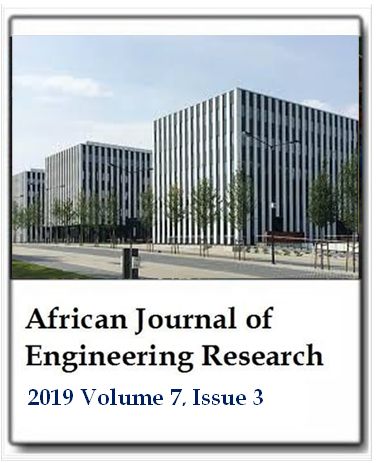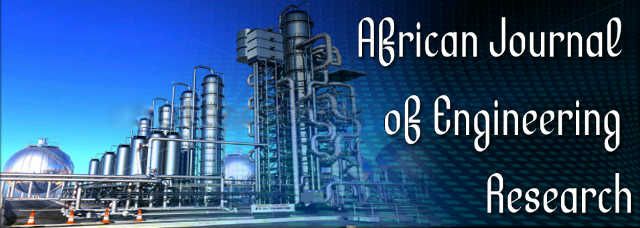Depth optimisation of double skin façade, considering thermal properties: Case study of Karaj, Iran
Peiman Pilechiha, Mohammadjavad Mahdavinejad, Seyed Naser Mirhosseini and Javad AhmadiAfrican Journal of Engineering Research
Published: July 29 2019
Volume 7, Issue 3
Pages 57-63
Abstract
The main idea of designing buildings with double skin facades is to achieve sustainable architectural goals. Considering the importance of reducing energy consumption in buildings as well as various factors preventing energy loss, it is regarded that how deep the cavity between double skins is in most appropriate building with double skin façade in a particular climate in terms of optimal use of heating and cooling energy, and it is determined that how much energy is used by each floor in the building to meet the residents’ comfort. The method used in this research is modeling and software calculations. A chamber with the length of 5 m, the width of 4 m and height of 3 m in three floors with double skin facades at 20, 40, 60, 80 and 100 cm depths was modeled to be compared with a single skin façade using ECOTECT 10. After defining it in the Energy Plus software, cooling and heating load of the chamber was analyzed. The main purpose of this study is to investigate the thermal performance of double skin facades with different depths in the climate of Karaj city. First, the validity of ECOTECT and Energy Plus software was investigated, and then the results were obtained regarding the use of double skin façade compared with the simple façade. The results showed DSFs have a great ability in order to minimize cooling and heating load during operation periods of building even in hot climates such as Tehran. Finally, comparing heating and cooling energy consumption for all depths with respect to environmental factors, it was annually selected that double skin façade with a depth of 20 cm is the best option which results in about 34% reduction in energy consumption.
Keywords: Double skin façade, reduction in energy consumption, energy consumption, thermal comfort.
Full Text PDFThis article is published under the terms of the Creative Commons Attribution License 4.0

